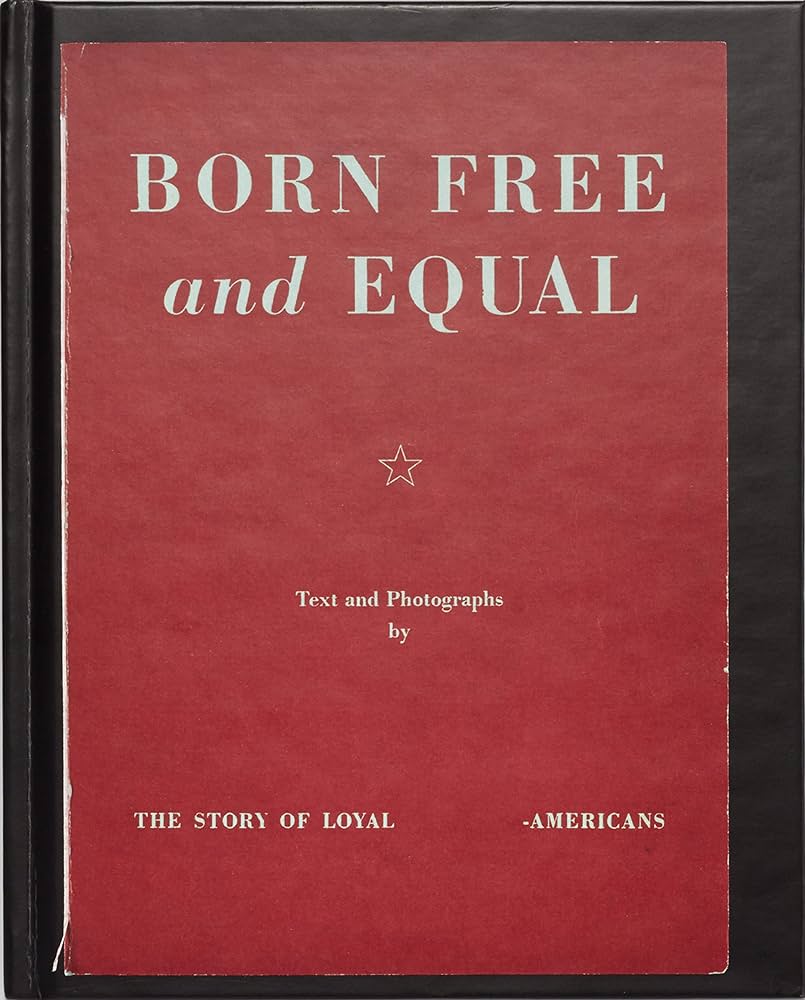In the summer of 2017, a few years after Joe had also passed away, I traveled to the remote hill town of Satriano, Calabria, in southern Italy, where he and my grandfather were born, intending to make a series of photographic portraits about my paternal ancestry. Earlier that year, President Trump had passed Executive Order 13769, commonly referred to as the Muslim Ban, an action challenging entry to the United States by nationals from predominantly Muslim countries. As I traveled through the Calabrian countryside, I remember seeing the sign for the town of Maida, my surname, which coincidentally is also a Japanese name (毎田). Pronouncing the name in my head, MAI-DA, I drew a parallel between the Immigration Exclusion Act of 1924, passed the year my great uncle was born in Satriano; the incarceration of Japanese Americans in the United States during World War II, which targeted citizens like Katherine’s extended family; and the bias against Muslims, as embodied by Trump’s legislation from earlier that year.
On my hard drive, I had previously downloaded from the Library of Congress all of Ansel Adams’s 1943 photographs from Manzanar, in which he documented wrongfully incarcerated American citizens of Japanese ancestry. As I considered this set of images in Italy, on my great uncle’s native soil, Adams’s archive seemed as relevant as ever.
